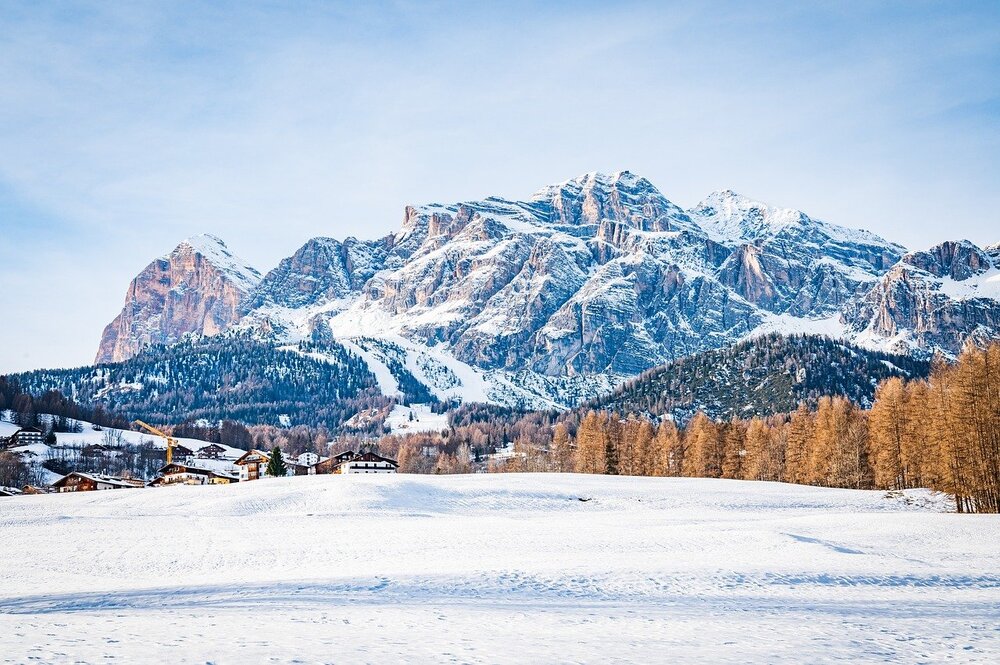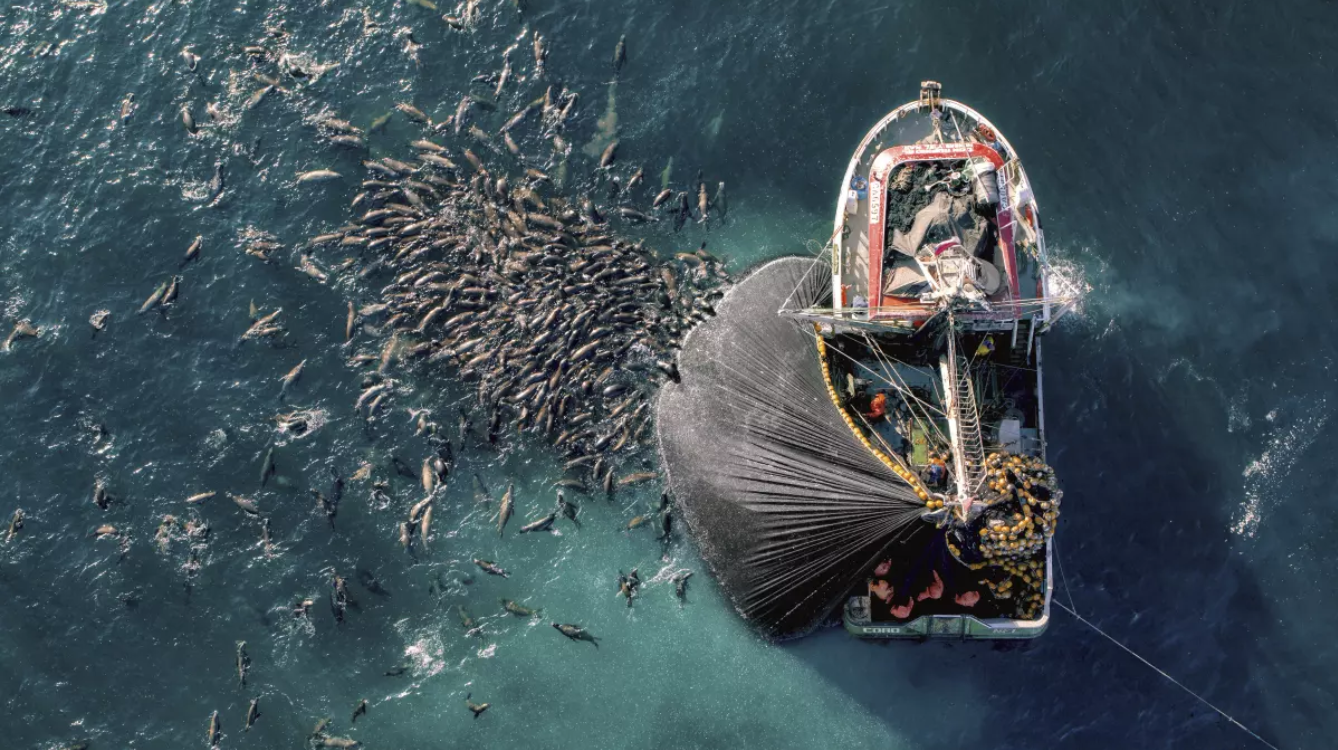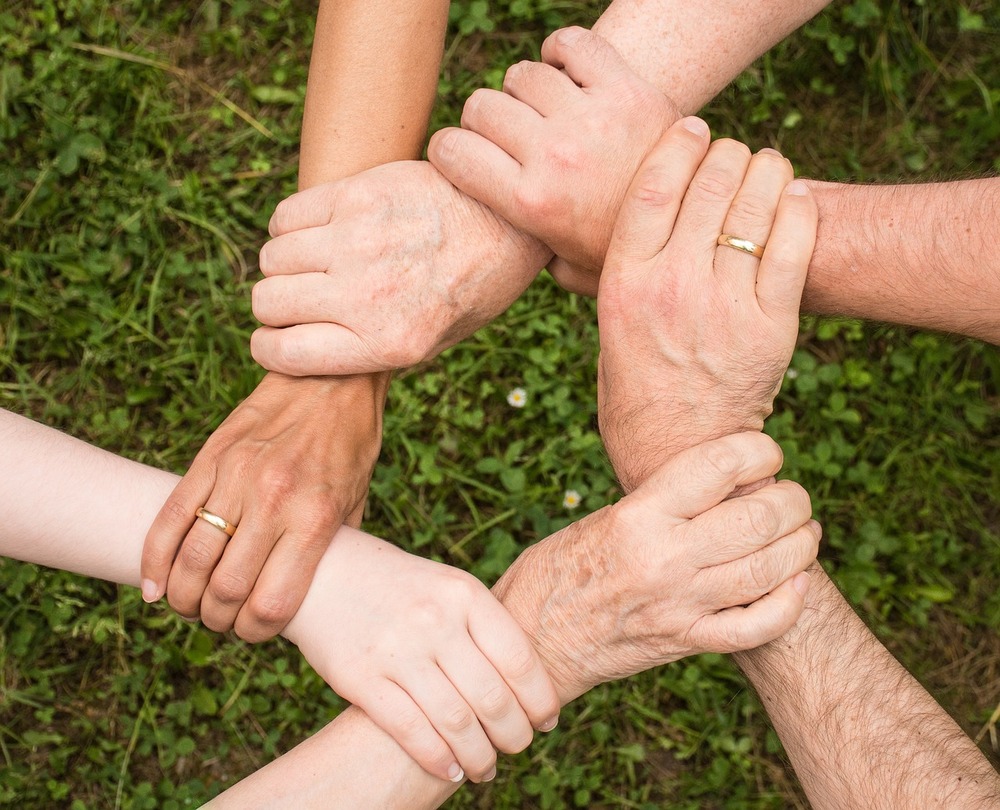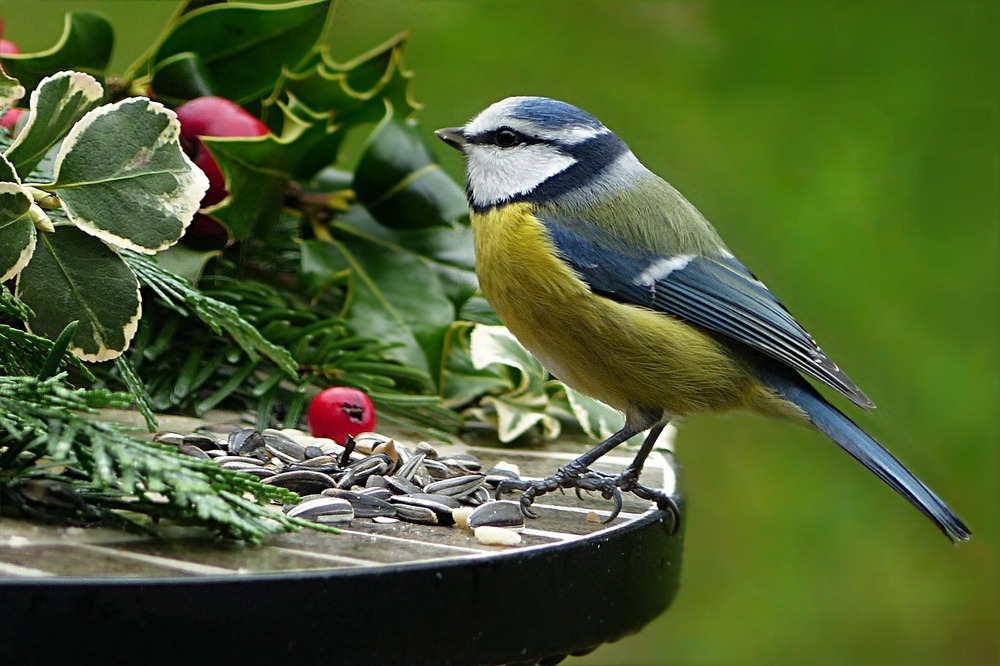Instagram’da takipçisi olmanızı önerdiğimiz 15 çevreci fotoğraf sanatçısı
Dünya’nın başka köşelerinde çevre başlığı altında neler olduğunu kendi gözleri ile görmek isteyenler için 15 adet Instagram hesabı topladık.
2000 yılından veri fırtına, hortum gibi atmosferik olayları inceleyen Marko Korosec kendini bir fırtına avcısı olarak tanımlıyor.
Kelly DeLay (@kellydelay) tarafından paylaşılan bir fotoğraf ()
Fırtına fotoğrafları ile takipçilerine görsel şölenler sunan Kelly DeLay, 1.825 gün boyunca çektiği bulut fotoğraflarını topladığı Clouds 36 projesi ile Webby ödülü kazandı.
Kuzey Teksas’da yaşayan Mile Mezeul da birbirinden etkileyici atmosferik olayları takip etmesi ile ünlü.
Mark Dumbleton (@markdumbletonphoto) tarafından paylaşılan bir fotoğraf ()
Güney Afrika’da bulunan Johannesburg’da yaşayan Mark Dumbleton ise Afrika’nın vahşi yaşamını fotoğraflamakta uzman.
Milan’da yaşayan Matilde Gattoni, iklim değişikliğinin etkilerini Batı Afrika’da takip ettiği fotoğraflarla dikkat çeken bir fotoğraf sanatçısı. Gana’da sahilde bulunan ve sellerden etkilenen Kpogbor köyünde kalan son yerleşimciyi evini denizden korumak için yaptığı ama yetersiz kalmış bir dalgakıranın önünde fotoğraflamış.
Vlad Sokhin (@lens_pacific) tarafından paylaşılan bir fotoğraf ()
Çatışma ve doğal felaketler sonrası alanları fotoğraflayan Vlad Sokhin Melanezya, Okyanusya, Avustralya, Yeni Zelanda, Mikronesya ve Polinezya dahil olmak üzere Orta ve Güney Pasifik’teki adalardaki iklim değişikliğinin etkilerini gözler önüne seriyor.
Asya’daki çevresel problemleri göz önüne seren Sean Gallagher, Endonezya’nın başkenti Cakarta’da çektiği bu fotoğraf ile iklim değişikliği ile beraber gelen aşırı yağışların yarattığı problemlere dikkat çekiyor.
Paris’te yaşayan JB Russell, iklim değişikliğinin insani yönünü göstermeye çalışıyor. Aşırı yağmur ve fırtınalardan dolayı zaten ürünleri etkilenmiş bu adam, Batı Afrika’daki bu çiftçi tarlasına musallat olan kuşları ip ile korkutmaya çalışıyor.
Hollandalı fotoğraf sanatçısı Jasper Doest yabani hayat ve korunması konusundaki fotoğraflar ile dikkat çekiyor. Svalbard ren geyiğinin tundradan geçişini fotoğraflayan Doest, herhangi bir yırtıcı hayvandan dolayı tehlikede olmayan bu hayvanların giderek artan ve bölgeye yabancı ağır yağmurların hayvanların kürküne kaybetmesine yol açtığını belirtiyor. Bu durum ise soğuk havaların özellikle yavrular üzerindeki etkisini artırıyor.
Ödüllü fotoğraf sanatçısı Ole Jorgen Liodden, küresel ısınmadan dolayı yaşam alanı etkilenen anne kutup ayısı ve yavrusunu fotoğraflamış.
Güney Afrika’nın Cape Town şehrinde yaşayan James Suter, Afrika’da tehlike altında olan gergedan, fil, goril ve aslanların yaban hayatını fotoğraflıyor.
Arati Kumar-Rao Hindistan alt kıtasını gezerek su ve toprağın sürdürülebilir olmayan yöntemler ile kullanılmasının etkilerini gözler önüne seriyor. Son siyah beyaz fotoğraf serisi Sundarbans hindistansakız ağacı ormanlarına fosil yakıtların etkisini gösteriyor. Bu fotoğrafta ise Kumar-Rao bir petrol sızıntısının etkisini gözler önüne sermiş.
Bir belgesel fotoğrafçısı olan Aaron Vincent Elkaim Toronto’da yaşamakta. Bu fotoğrafta Syncrude latranlı kumdan petrol üretilmesi yüzünden ortaya çıkan kirli dumanlara dikkat çekiyor. Bu kirli dumanlar öyle bir hâl almış ki, kendi ismini taşıyan Syncrude karı isimli bir hava durumu oluşmuş.












































































































